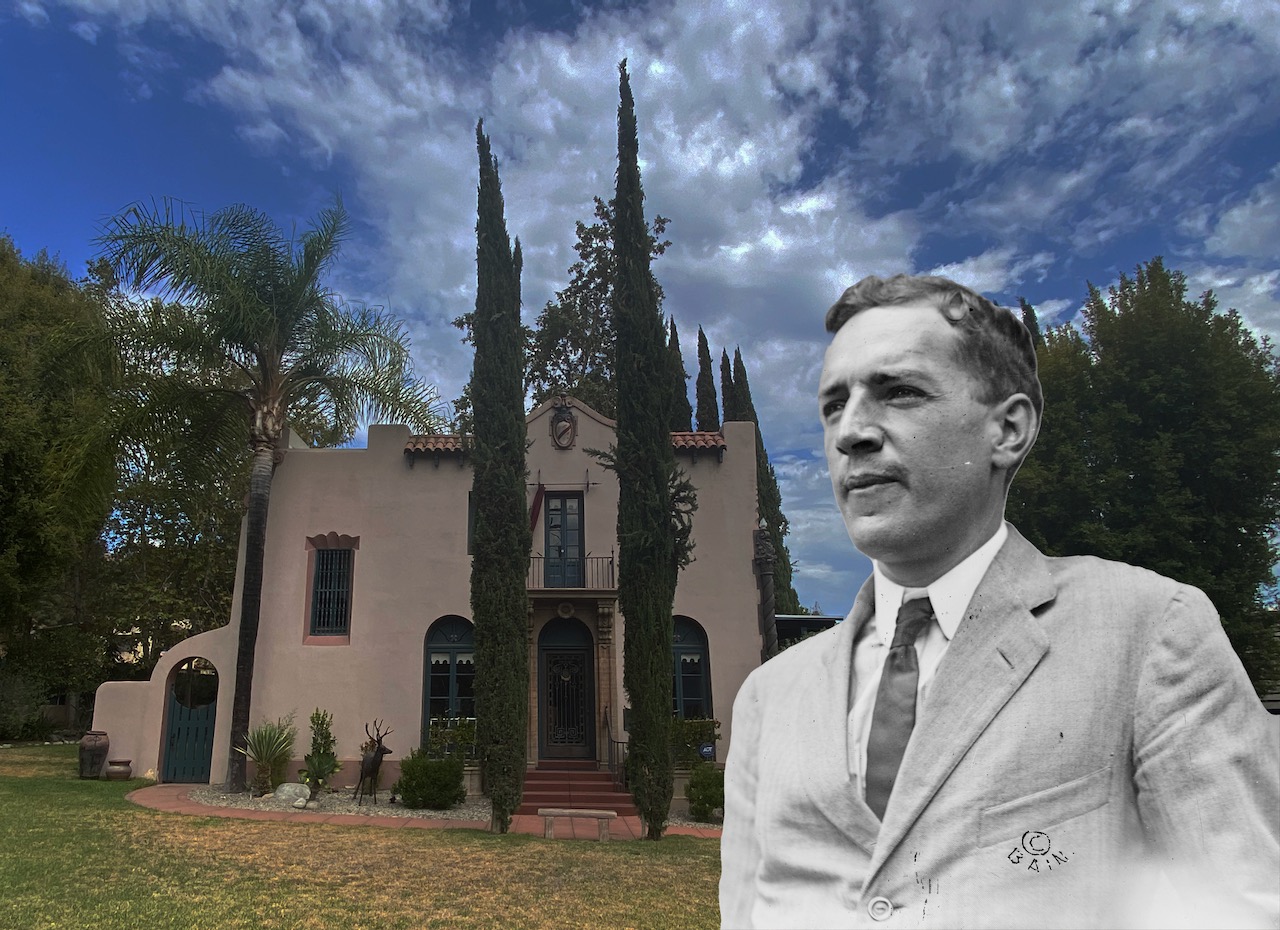Etan R.
Music omnivore, student of LA history, beer snob and amateur father. Working my way through the canon.
This was the home of Pulitzer Prize-winning writer, labor activist and would-be politician Upton Sinclair, author of The Jungle. Sinclair moved to Monrovia from Pasadena after unsuccessfully running for Governor of California, and wrote nearly everything from the last 15 years of his career in the study in the back.
The Alex Theatre is the last of Glendale's grand movie palaces. Opened in 1925 as a venue for vaudeville and silent films, it spent decades as a first-run movie theater, and more recently as a vital performing arts center. The iconic marquee and tower, added in 1940, projects a timeless opulence befitting a building that's endured nearly 100 years of ownership changes, fires, renovations and the changing tastes of the public.
Descanso Gardens preserves 150 acres of flowers and plants from habitats around the world. But its long history is also a human one, telling stories of horticulture and architecture, racism and war, and the effort to preserve green space in a rapidly urbanizing Los Angeles.
This curious late gothic French chateau was the headquarters of the Heinsbergen Decorating Company, one of the 20th century's great mural and interior design firms. Respected architects Curlett & Beelman designed it in 1928, and built it out of bricks salvaged from buildings that were demolished to make way for LA City Hall.
This 1904 train station played a crucial role in the birth and growth of Watts, and was one of the only buildings on 103rd Street that survived the 1965 Watts Rebellion. In this collaboration with The South LA Recap, we trace the history of this landmark up through today.
This small South LA bungalow was the boyhood home of Ralph Bunche, a revered diplomat who became the first Black man to win the Nobel Peace Prize who negotiated an end to the 1948 Arab–Israeli War.
This medieval-style tower was built in 1925 to house the gatekeeper of upscale Palos Verdes Estates. The history of the Mirlo Gate Lodge Tower tells us a lot about the development of the Palos Verdes peninsula, and it's a fascinating case study for how architects can create a unified aesthetic when planning a city.
This National Historic Landmark in San Marino was the home of one of the most significant astronomers of the modern era. Edwin Hubble proved conclusively that there were galaxies and nebulae beyond the Milky Way, and that the universe was expanding. After each of his astronomical mic drops, here's where he would lay his head.
John Lautner's Silver Lake home, designed in 1939, was the first house the master architect designed by himself. It's a vitally important building for architecture history. It's also a beautifully put together home, packing a ton of creative details and spatial ideas into a very small footprint.
The massive art deco Sears building in Boyle Heights was once the mail order center for the entire southwestern region of the US, and a fixture for generations of eastside Angelenos. Now abandoned, the building awaits an uncertain fate.
This eclectic 1903 mansion was the home of Daniel Campbell, an Irishman who emigrated to CA with $50, made a fortune in the Klondike gold rush, brought his family out to LA and soon became one of Glendale’s early civic leaders during the city’s first major growth spurt.
A unique tract of one-story craftsman bungalows in South LA, important both for its architecture and for the story it tells about the movement of Black Angelenos in the '30s through the '50s.
South Pasadena's Oaklawn Bridge is a unique entry in the canon of master craftsman architects Charles & Henry Greene. Enhancing its gracefulness are the adorable waiting station and mysterious obelisk attached to its eastern end.
This stately post office has served the city of Glendale since 1934, and survived multiple waves of USPS consolidations. Yes, its Italian Renaissance revival style was old hat by the time it was built – but what a lovely example it is!
Covered in tarps and "no trespassing" signs, the Freeman House is one of Frank Lloyd Wright's least appreciated homes in LA. But from an architectural, social and preservation standpoint, it's also one of the most fascinating.














